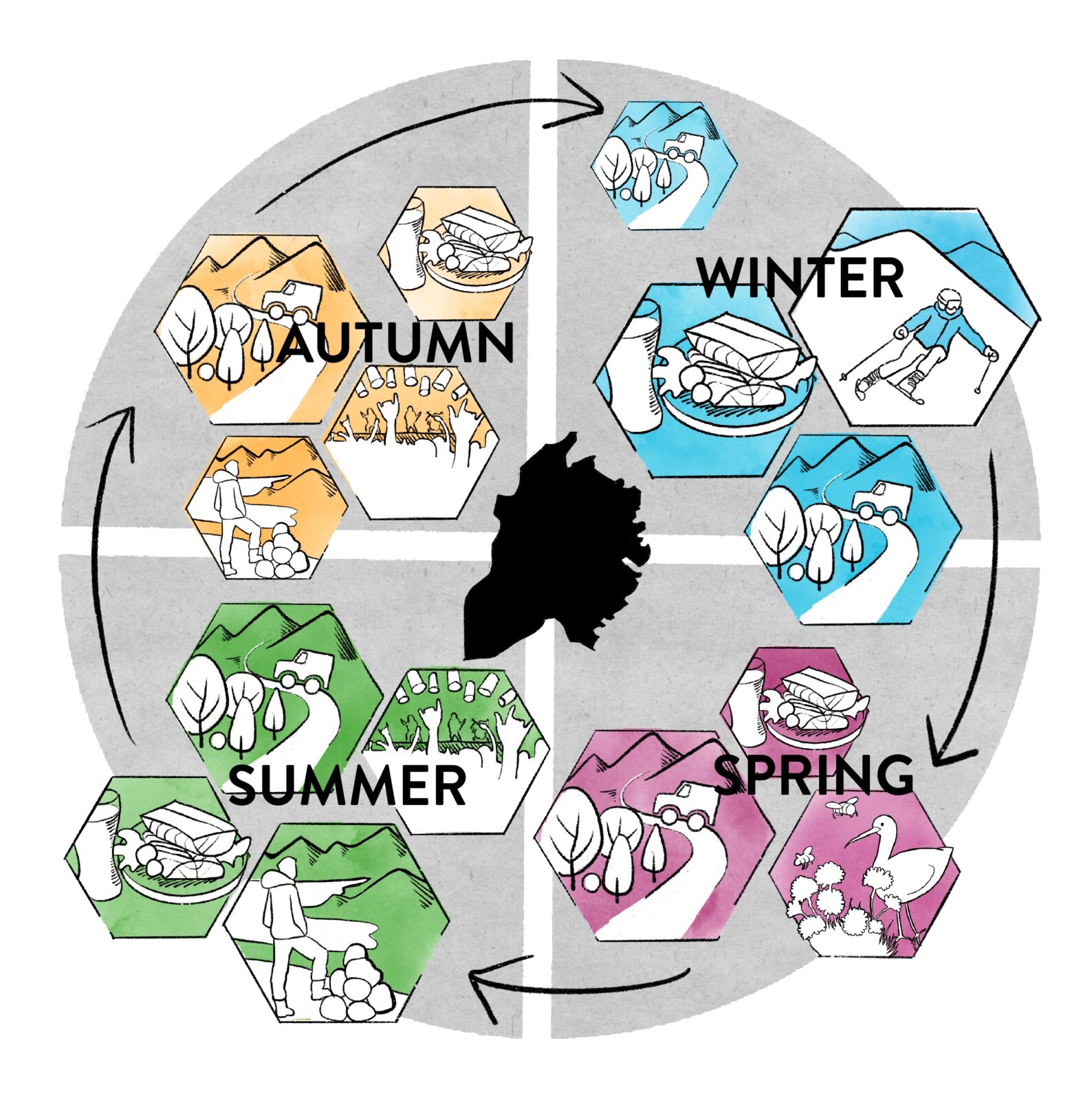4.4 Tourism
East Iceland will be a year-round destination that appeals to both locals and visitors. It will be based on a robust transportation network and top-quality tourism services, utilizing the region’s environmental, social, and cultural resources. Product development and marketing for the region will highlight the unique characteristics of East Iceland.
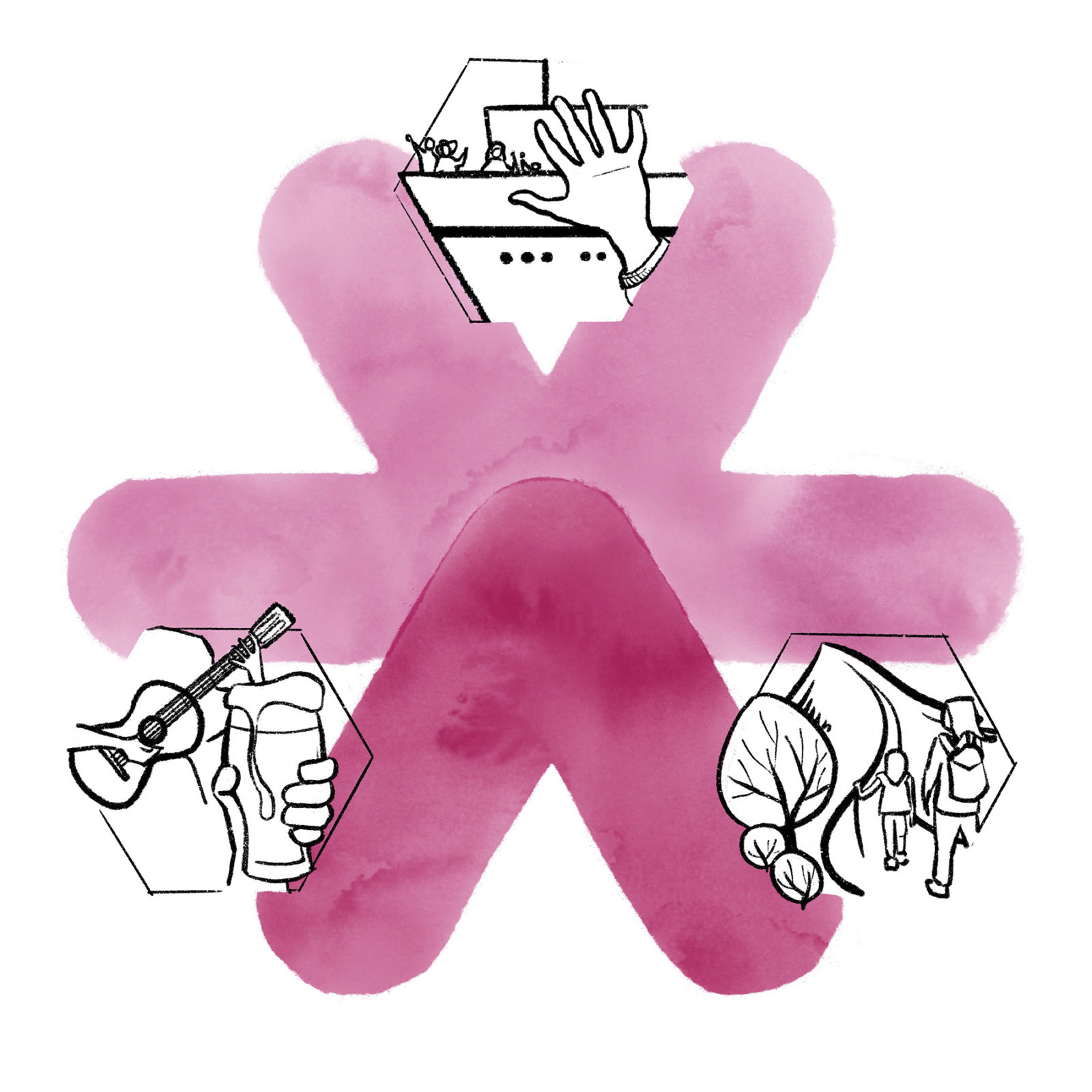
N. Policy on Community and Visitors
N.1 East Iceland will develop as a strong and sustainable destination where tourism flourishes year-round.
Strengthen the regional destination management office to support the tourism industry, promote cooperation within the sector and with other sectors, and ensure the industry develops in line with the values and desires of the local community.
The East Iceland destination plan will continue to play a key role in defining shared priorities for the tourism sector and the community, setting goals, and prioritizing projects to achieve them.
The brand “Austurland” (East Iceland) will be reinforced as defined in the East Iceland destination plan.
Enhance research on tourism in East Iceland and use the findings for further strategy development and planning.
N.2 East Iceland will strengthen as a destination for both residents and visitors.
All planning will consider the needs and expectations of both residents and visitors.
Emphasis will be placed on meeting the expectations and needs of the target groups identified in each destination plan.
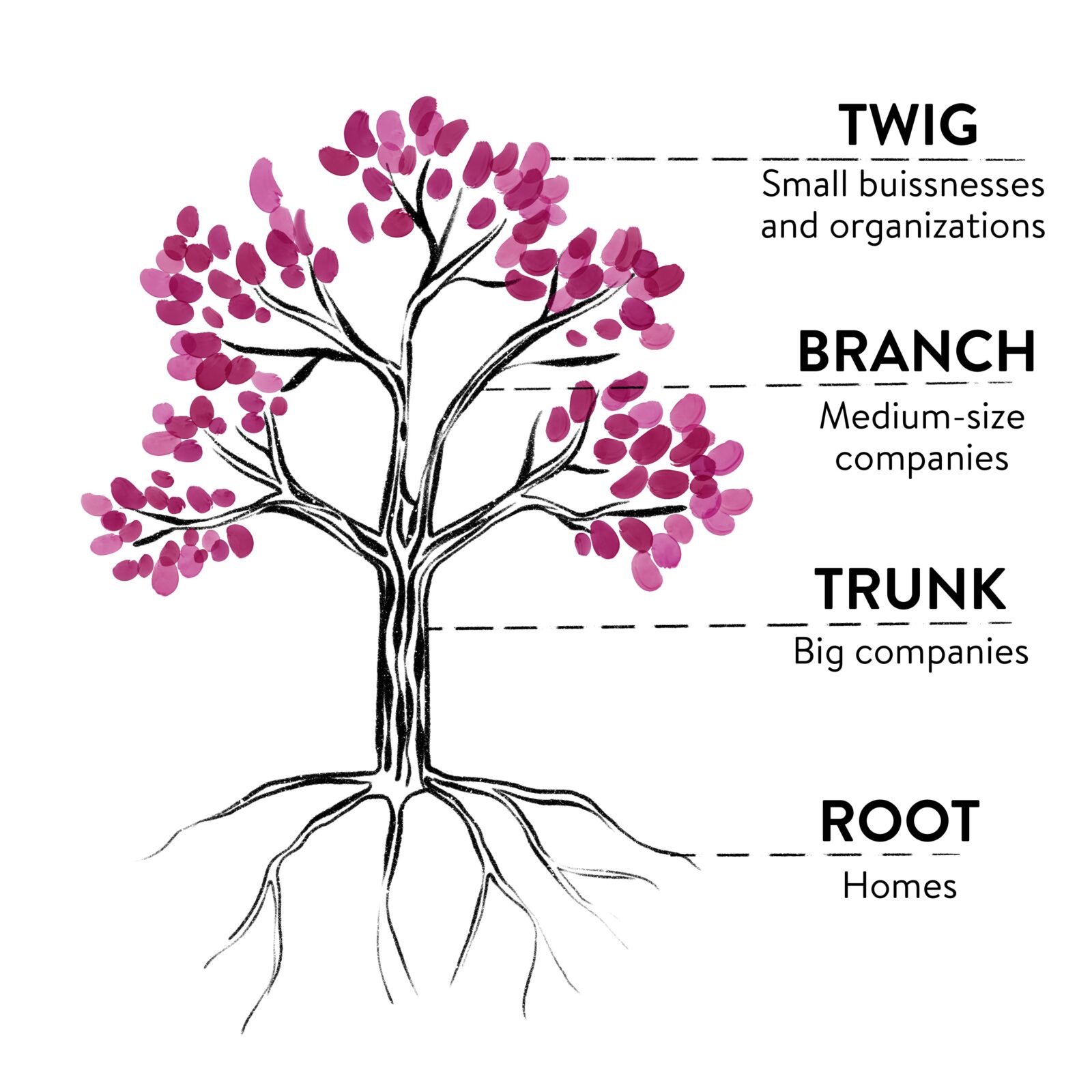
Explanation for Community and Visitors Policy
Tourism is the largest industry globally and has grown rapidly in Iceland over the past decades. This growth has presented challenges and opportunities that East Iceland has identified and addressed through the development of the East Iceland destination.48
A destination plan has been created in consultation with residents and stakeholders to provide a framework for the development of the destination.49 This plan aims for sustainable and responsible tourism, taking into account environmental, economic, and social perspectives. The focus is on ensuring positive impacts on the quality of life in East Iceland, such as job creation, product development, cultural events, environmental protection, landscape design, infrastructure development, and benefits for both residents and visitors.
The destination plan emphasizes cooperation between the tourism sector, other sectors, and the community. Strengthening the links between tourism and agriculture has been highlighted. The definition of target groups in the destination plan and the experiences offered to guests play a significant role.
The destination plan is developed for three years at a time, making it important to embed its long-term vision in broader regional planning and align it with strategies for other industries and municipal sectors, as done in this regional plan.
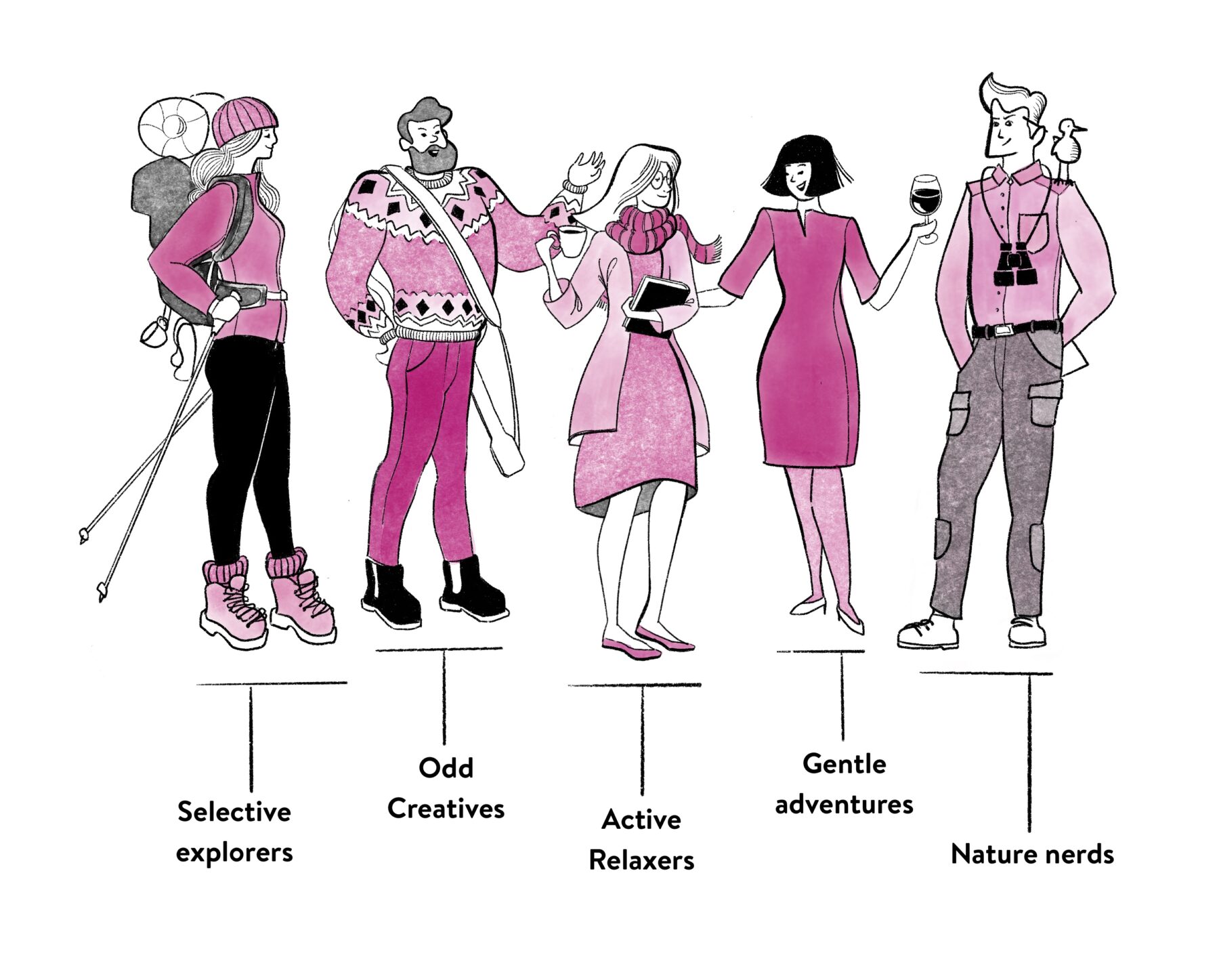
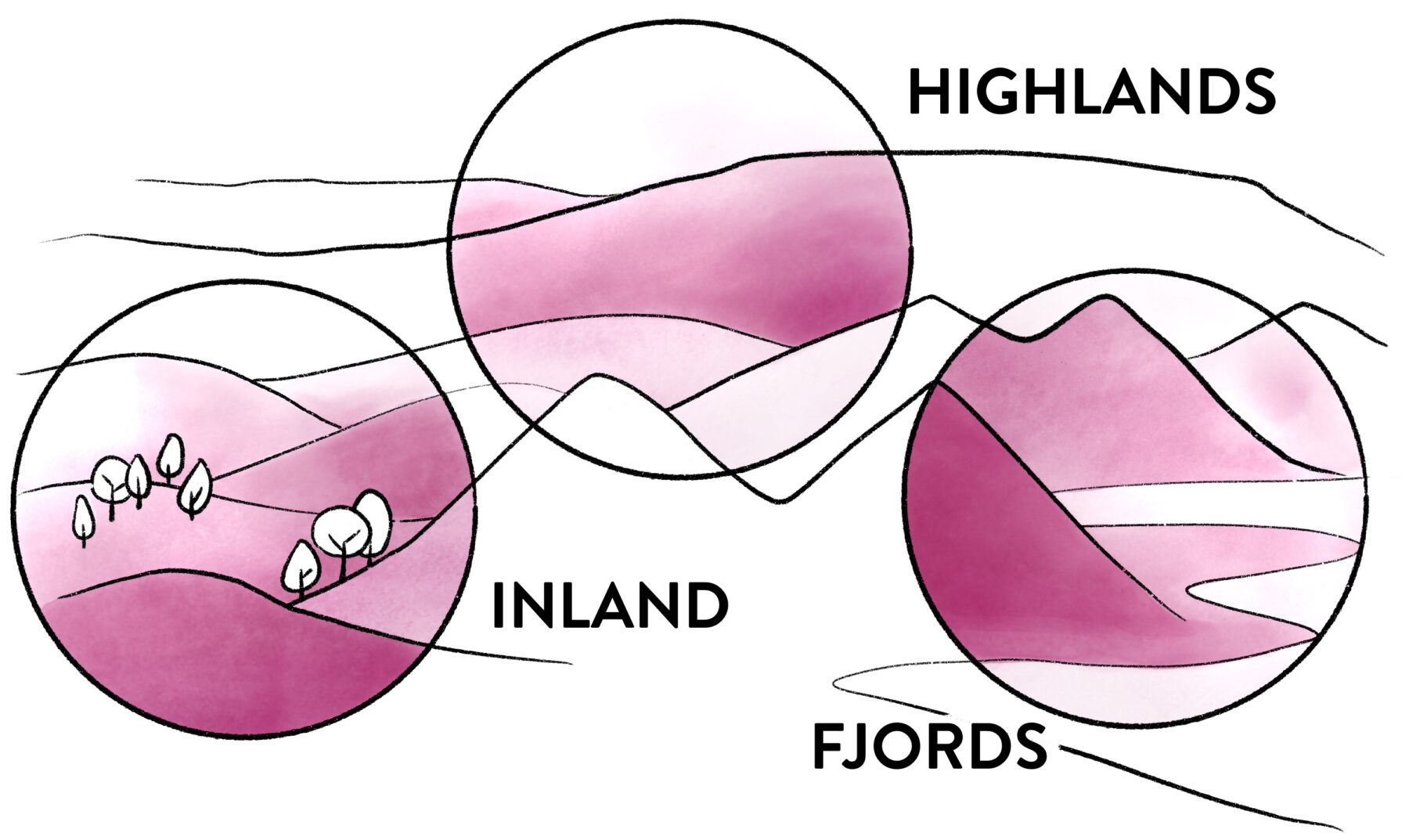
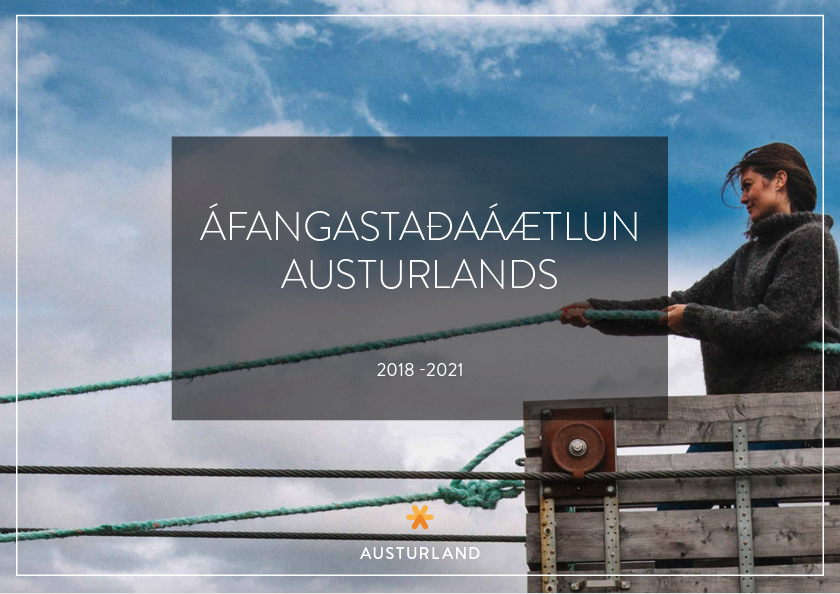
O. Policy on Tourism Resources and Infrastructure
O.1 Tourism resources, including nature, landscape, monuments, museums, cultural centres, and regional culture, will be used for value creation.
Tourism planning will aim to distribute tourist traffic as widely as possible to reduce pressure on individual sites and ensure the entire region benefits.
There will be good consultation with landowners and residents during planning to align land use and activities and prevent conflicts of interest.
Pressure on individual sites will be monitored to enable prompt response.
O.2 Landscape characteristics will be used to highlight and develop diverse opportunities to experience different aspects of East Iceland.
Travel opportunities and history based on the fjords, region, and highlands will be prominently featured in marketing, travel route planning(see 6.1.1 og 6.1.2) and destination development (see 3.3 og 6.1.3).
O.3 The transportation system will support the year-round destination.
Maintenance and care of the road network will ensure safe driving and access to major tourist destinations throughout the year.
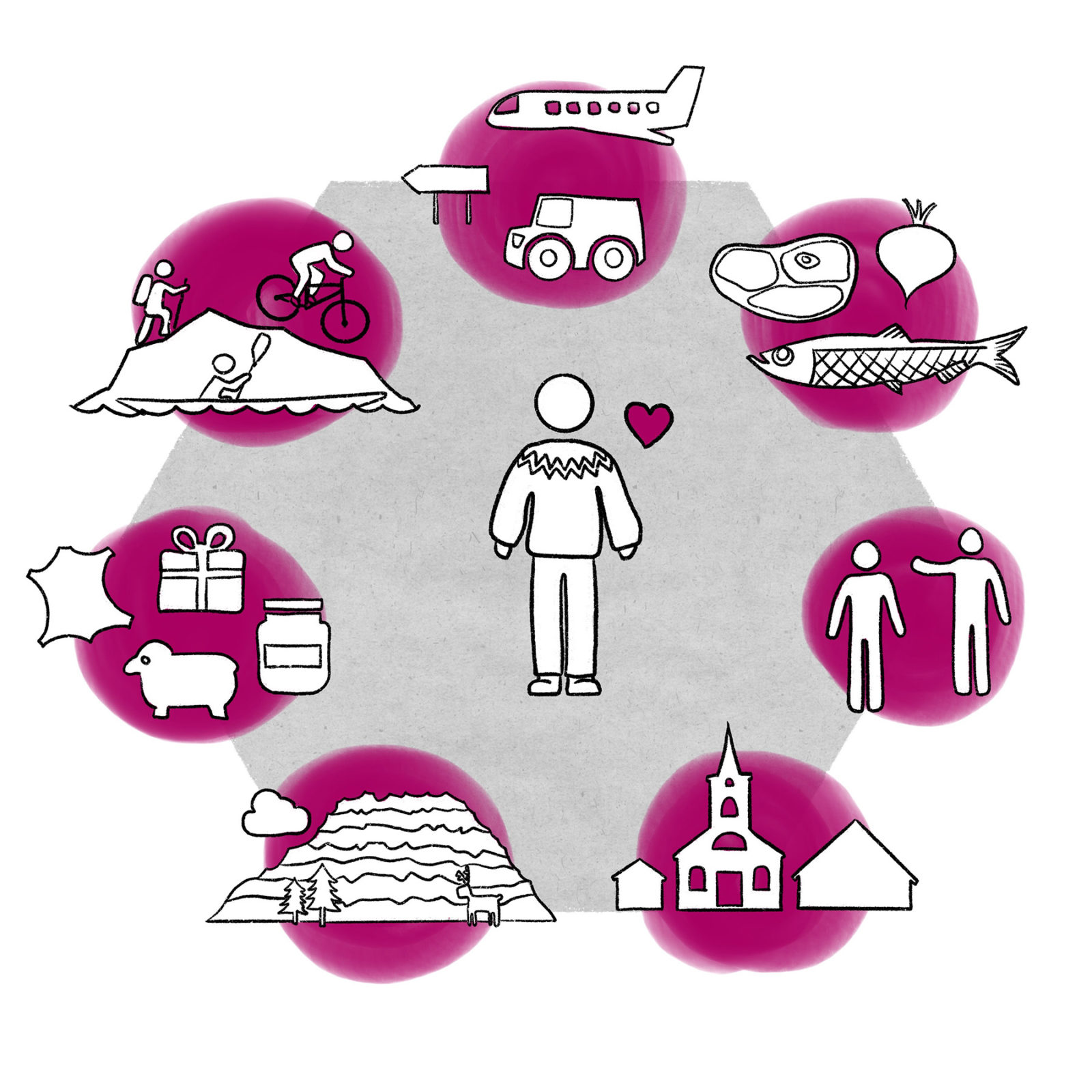
Explanation for Tourism Resources and Infrastructure Policy
During travel in East Iceland, visitors encounter various places, landscapes, services, events, products, and activities that together create an overall experience of the region, along with memories and future expectations. The experience of these main touchpoints influences whether visitors will return and recommend the region to others. By working systematically with these touchpoints through the destination plan, planning documents, and other municipal plans, a positive visitor experience can be promoted.
The nature of East Iceland is the core of the regional experience and a major part of the region’s quality of life and a key foundation for tourism. This resource must be protected while being utilized for employment and product development, outdoor activities, and creativity.
Tourism development offers opportunities to build on the unique characteristics of nature and offer experiences akin to adventures. The diverse landscape and ecosystem of the highlands, region, and fjords have great appeal.
Municipalities in East Iceland have already started developing travel routes and destinations and plan to continue this path. Emphasis is placed on distributing tourist traffic throughout the region to avoid overloading individual sites and support the development of tourism across the entire region (see chapter 6). Secure infrastructure and good information for visitors are part of this effort, with a key aspect being easy access to East Iceland, whether by air, sea, or land.
Databases and research on the culture, ecosystems, and landscape of East Iceland, including place-name registration, are important foundations for understanding the region’s characteristics and history. These insights can inspire ideas that lead to new products or activities.
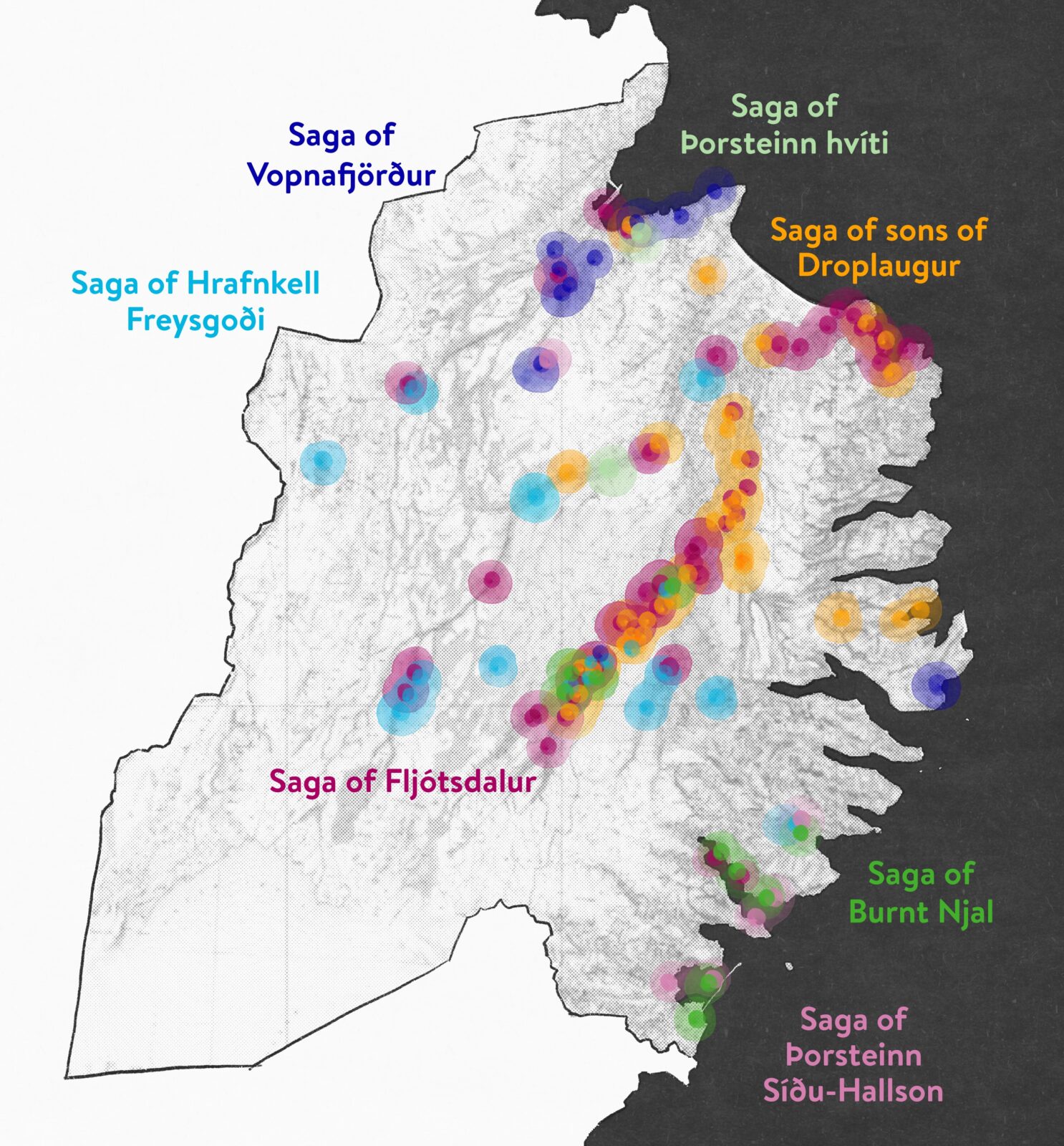
Ó. Policy on Products and Service Quality
Ó.1 The unique characteristics of East Iceland will be increasingly utilized in product development and marketing.
Guidelines will be issued on how to utilize the unique nature and culture of East Iceland in tourism, such as in the fields of activities, accommodation, dining, and crafts.
Companies will be encouraged to use these guidelines and supported in their product development.
Ó.2 Enhance experiences and facilities where nature is the focus.
Efforts will be aligned with the priorities defined in each destination plan, such as excursions, food, outdoor activities, creativity, and culture.
Ó.3 Enhance and develop seasonal experiences.
Efforts will be aligned with the priorities defined in each destination plan.
Ó.4 Tourism in East Iceland will be characterized by professionalism and quality.
Tourism companies will be encouraged to participate in quality and environmental certification schemes.
Support will be provided to increase the skills of tourism staff.
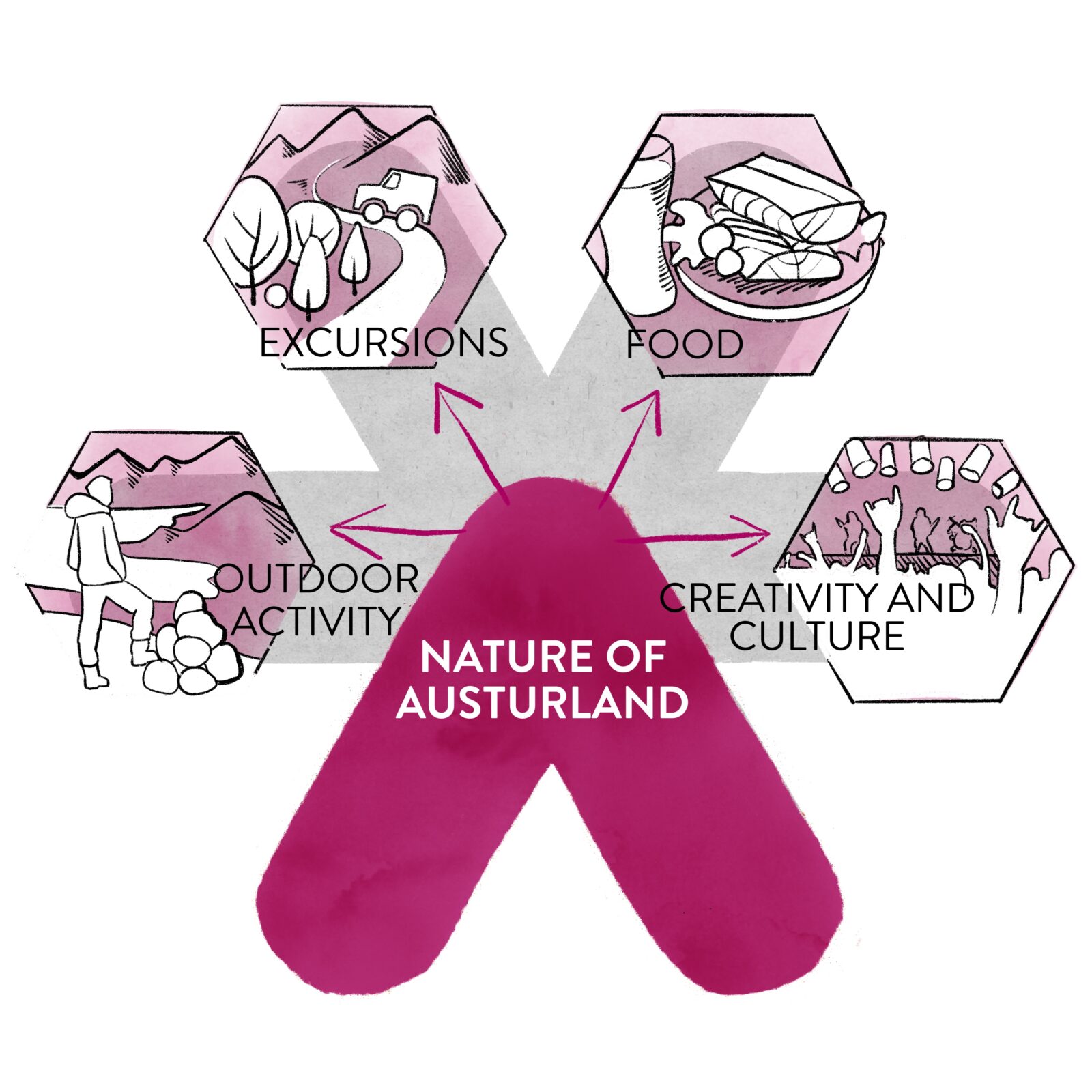
Explanation for Product and Service Quality Policy
Tourism primarily involves accommodation, dining, and activities. It is connected to various production sectors that create food products, crafts, and other items that travellers are interested in seeing, buying, or consuming. Museums and other cultural institutions, along with creative industries, play a significant role in this context, as well as the use of East Iceland’s raw materials.
It benefits the region for guests to feel there is so much to offer year-round that they want to stay longer and return. Good air travel connections domestically and internationally are key to reducing seasonal fluctuations in tourist traffic and in establishing East Iceland as a year-round destination.
